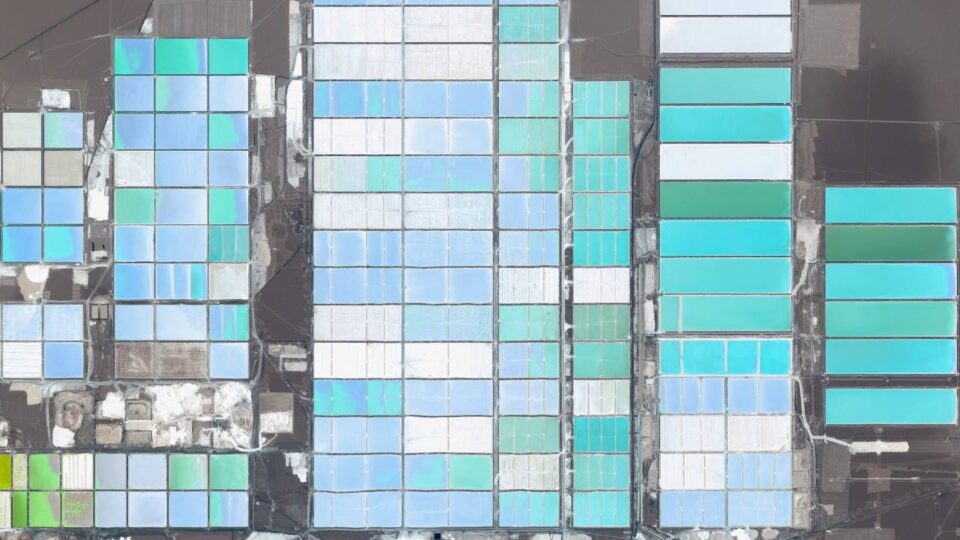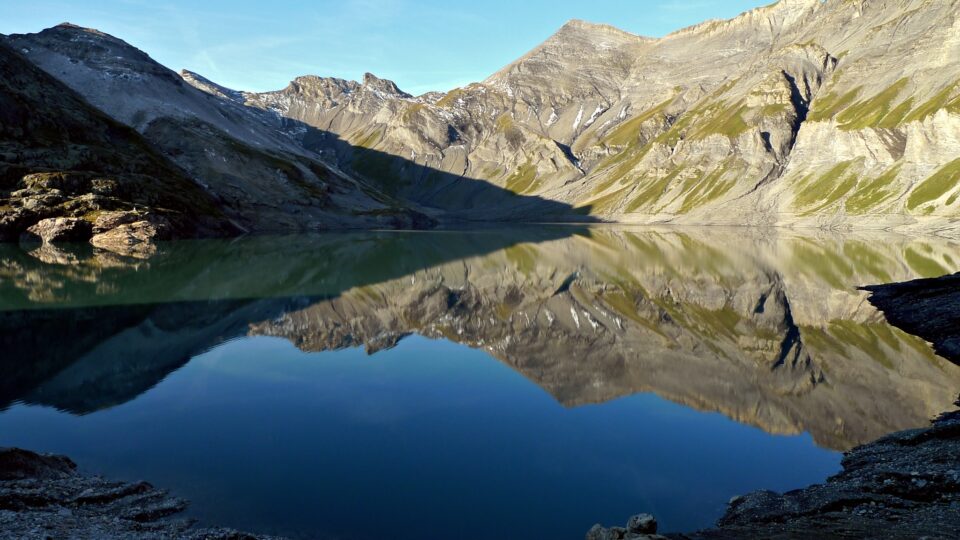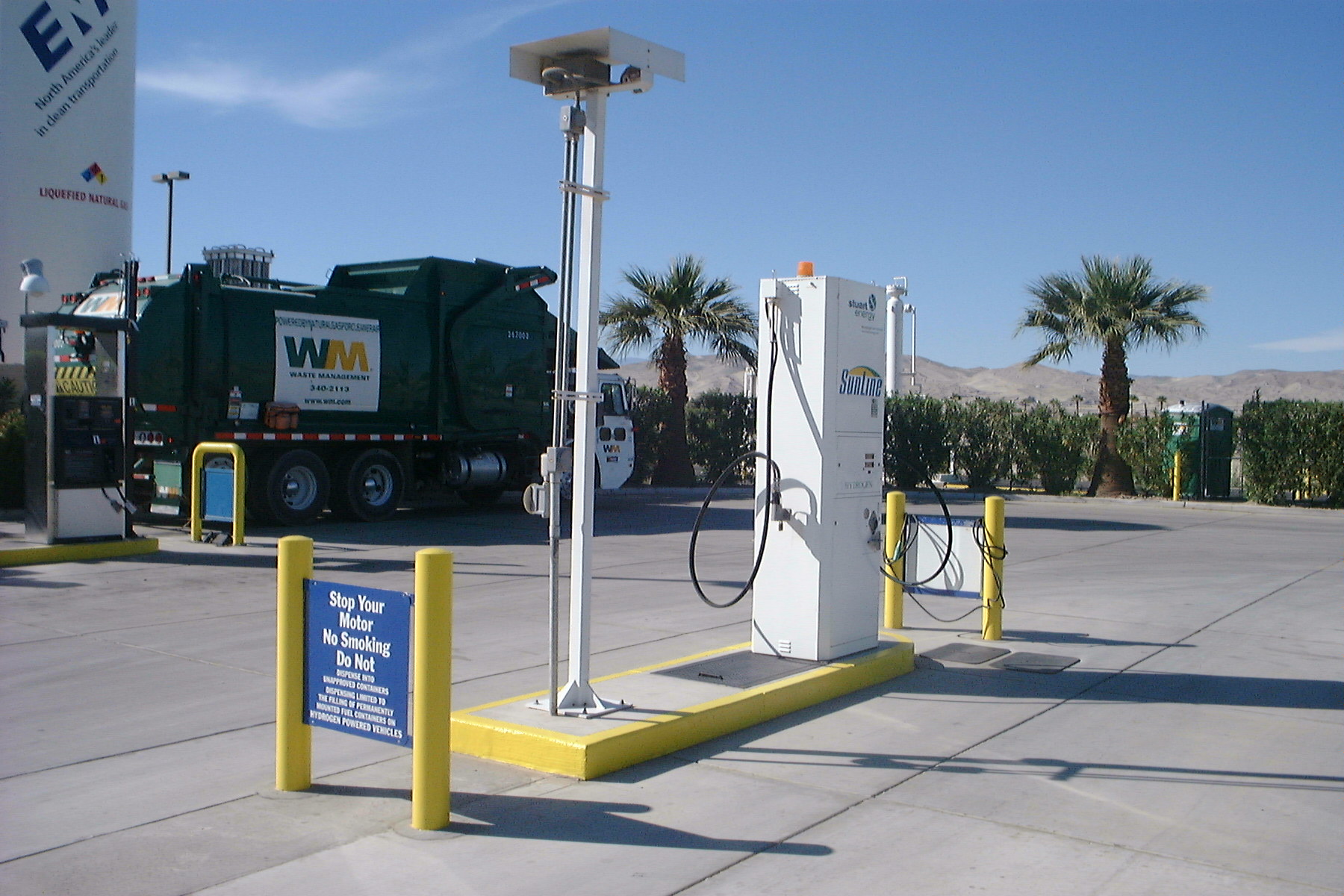About 12% of the energy consumed by humanity is used to heat and cool homes and businesses. A study by researchers at Lawrence Berkeley National Laboratory and Princeton University looked at a novel approach to making use of underground water to maintain comfortable temperatures and reduce consumption of natural gas and electricity.
The idea is to use aquifer thermal energy storage (known as ATES) to provide both heat in the winter and cooling in the summer. The concept leverages the heat-absorbing property of water and natural geological features. The idea is to pump up water from existing underground reservoirs and heat it at the surface using environmental heat or even excess energy from solar or wind generation. Then the warm water is pumped back down. It stays warm for a long time – even months – because the earth is a good insulator. When the water is pumped back up in the winter, it is much hotter than the ambient air and can be used to supply heat to buildings.
Alternately, water can be pumped up and cooled in the winter and then put back down underground and stored until cooling is needed in the summer months.
This technology has not been used much in the US, but it is gaining recognition internationally, particularly in the Netherlands. It can perform very well in areas with large seasonal fluctuations.
The research study used modeling and various simulations to estimate how much energy ATES could save on the US grid. The results showed that adding ATES to the grid could reduce consumption of petroleum products for heating and cooling by up to 40%. The system could also help prevent blackouts by reducing high power demand during extreme weather events.
**********
Web Links
Underground Water Could be the Solution to Green Heating and Cooling
Photo, posted February 19, 2012, courtesy of Sanjay via Flickr.
Earth Wise is a production of WAMC Northeast Public Radio





